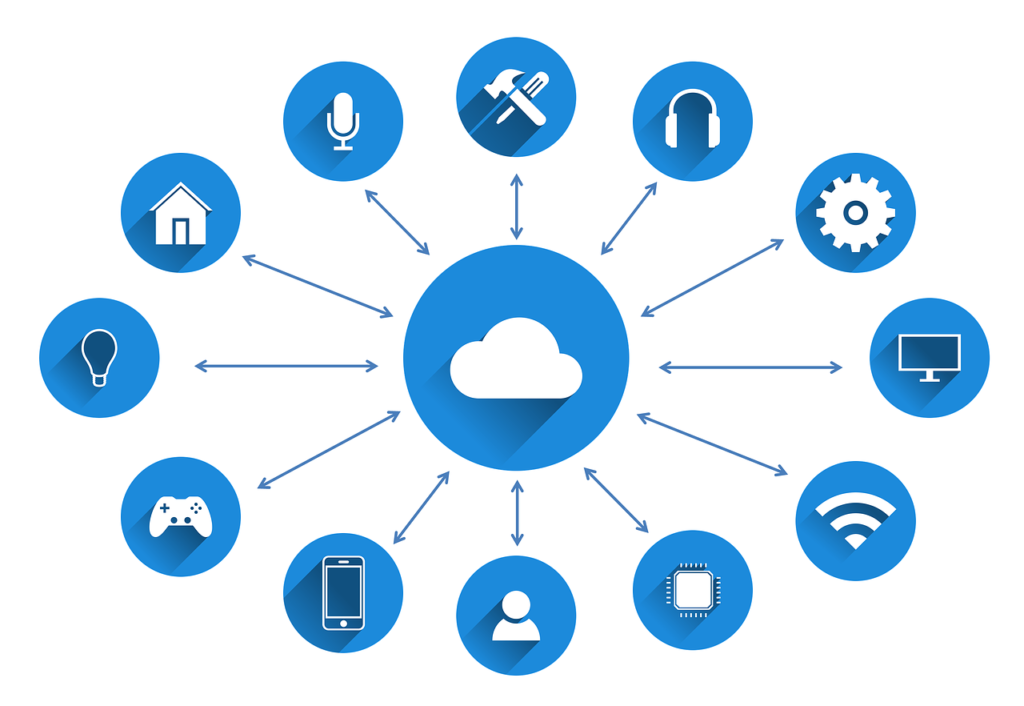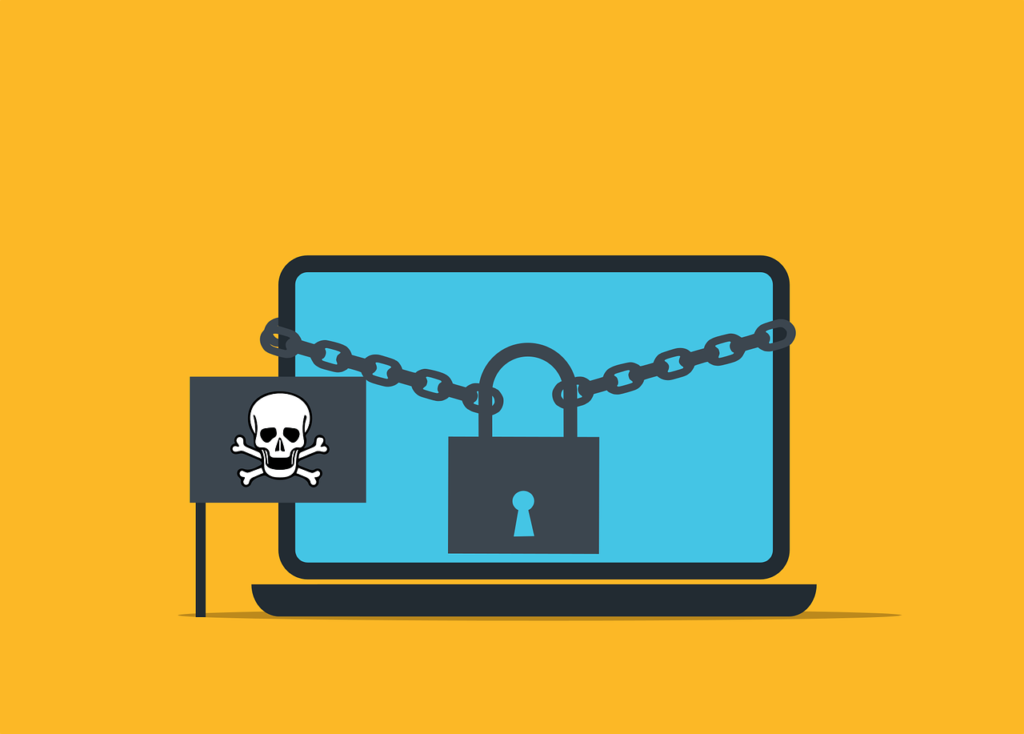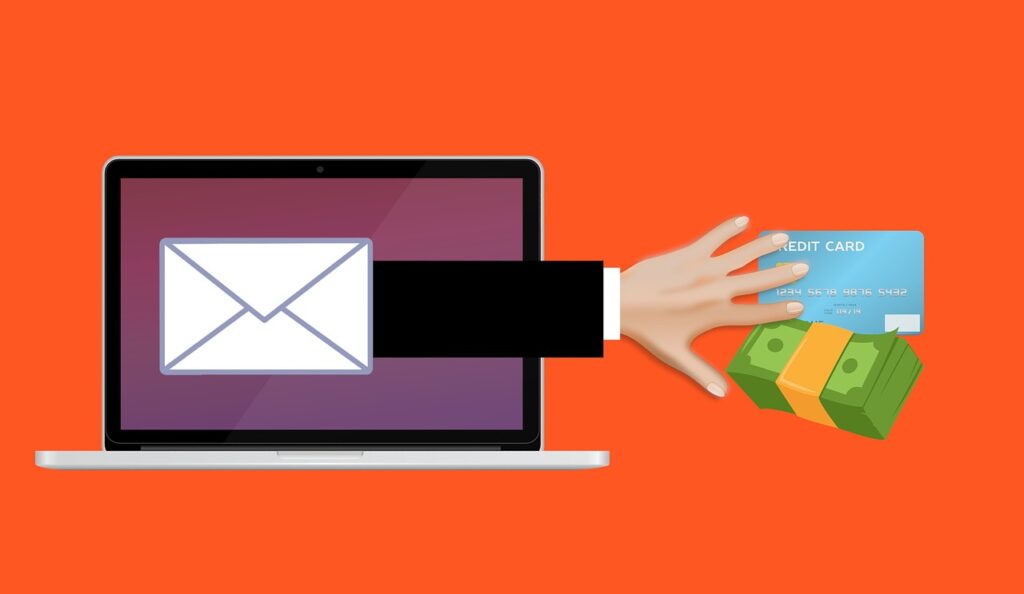WNE Security News
The most important cyber news to stay up to date with
Zero Trust Architecture: A Paradigm Shift in Cybersecurity
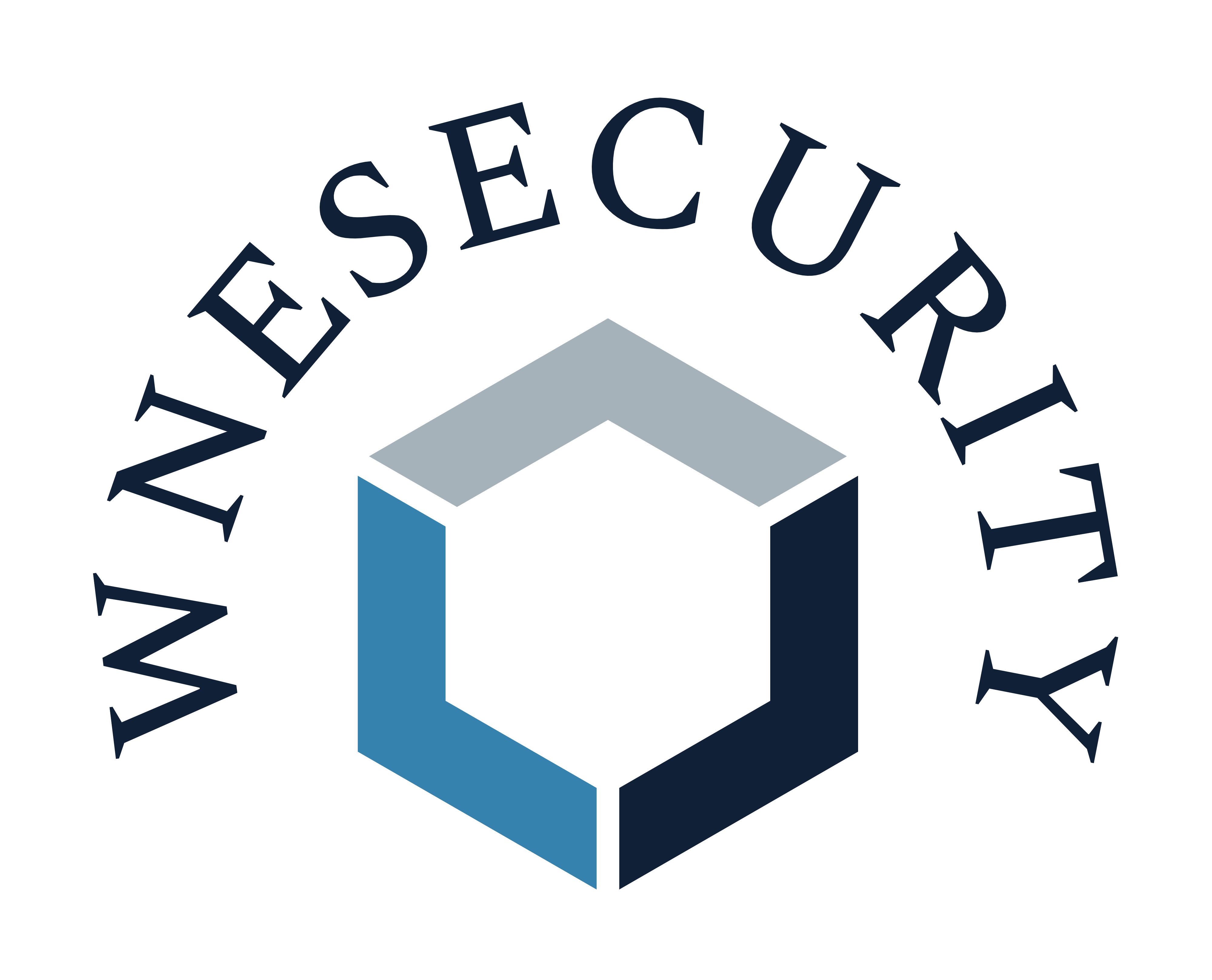
WNE Security Publisher
7/03/2023

The digital ecosystem, once considered a vast but singular realm, has transformed into a multiverse of devices, applications, and data flows. Amid this complex terrain, cybersecurity must evolve beyond traditional perimeter-focused approaches. Here, Zero Trust Architecture (ZTA) emerges as the sentinel, ensuring an organization’s assets remain fortified, regardless of where they reside.
Dismantling the Zero Trust Myth
The name “Zero Trust” might imply an extremely restrictive environment, almost sounding draconian. However, its principles are rooted in pragmatism. At its essence, Zero Trust doesn’t assume trust based on any singular parameter, be it physical location, IP address, or network access. Instead, it demands verification for every user and device attempting to access resources, irrespective of its location in or outside the organization’s traditional boundaries.
The Anatomy of Zero Trust
1. Identity-Centric: Zero Trust places identity at the center of its policies. This means every user, whether a C-suite executive or an intern, needs to prove their identity before accessing corporate data. Techniques such as multi-factor authentication (MFA) are employed to ensure that users are who they say they are.
2. Micro-perimeters: Instead of a singular, expansive boundary, Zero Trust operates on multiple micro-perimeters or micro-segments. Each critical asset, like a data server or application, has its own defined and guarded perimeter.
3. Real-time Monitoring: Trust is never static. It’s continuously evaluated based on user behavior, data sensitivity, and context. Anomalies, even from trusted users, trigger alerts.
4. Explicit Access Controls: Only the minimum necessary access is provided, often referred to as “least privilege access.” This principle ensures that a user or application has just enough privileges to perform its function, reducing the potential risk.
Zero Trust in Action
Let’s consider a hypothetical situation: A finance executive working remotely attempts to access the company’s financial data servers.
Under traditional models, if they were connected via a VPN from a recognized device, access would typically be granted. But in a Zero Trust environment, the system would consider the executive’s role, the device’s security posture, the type of data being accessed, and perhaps even the time of access. If the executive usually accesses the data during office hours but is now trying at midnight, the system might request additional authentication or block access altogether.
The Imperative of Zero Trust for Modern Enterprises
As the boundaries that define “inside” and “outside” blur with cloud computing, remote work, and IoT devices, it’s clear that the old perimeter defense models are no longer sufficient. Zero Trust offers a new blueprint for securing today’s organizations—by assuming nothing and verifying everything.
In this era of sophisticated cyber threats, adopting a Zero Trust model is not just an option; it’s a necessity for any enterprise serious about safeguarding its digital assets.
Learn more about WNE Security products and services that can help keep you cyber safe.
Learn more about WNE Security SOC solution and learn how it can help keep you cyber safe.
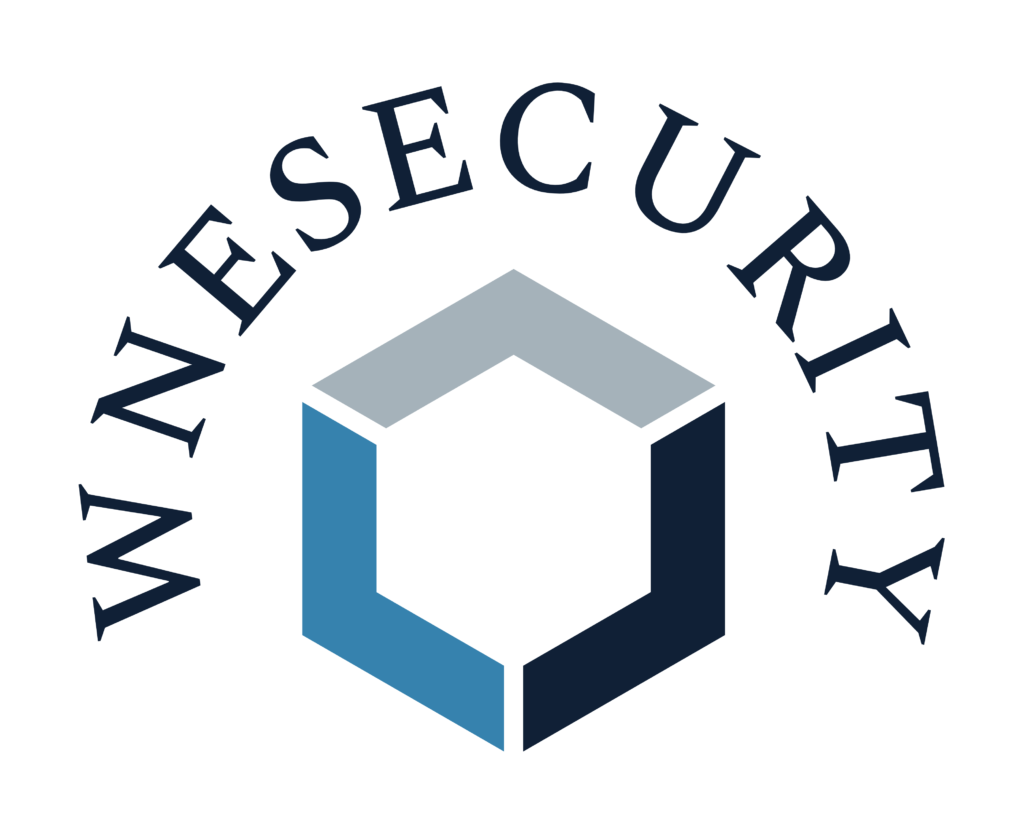
Stay updated with WNEsecurity’s news section for the latest in cybersecurity trends, threats, and protection measures.

